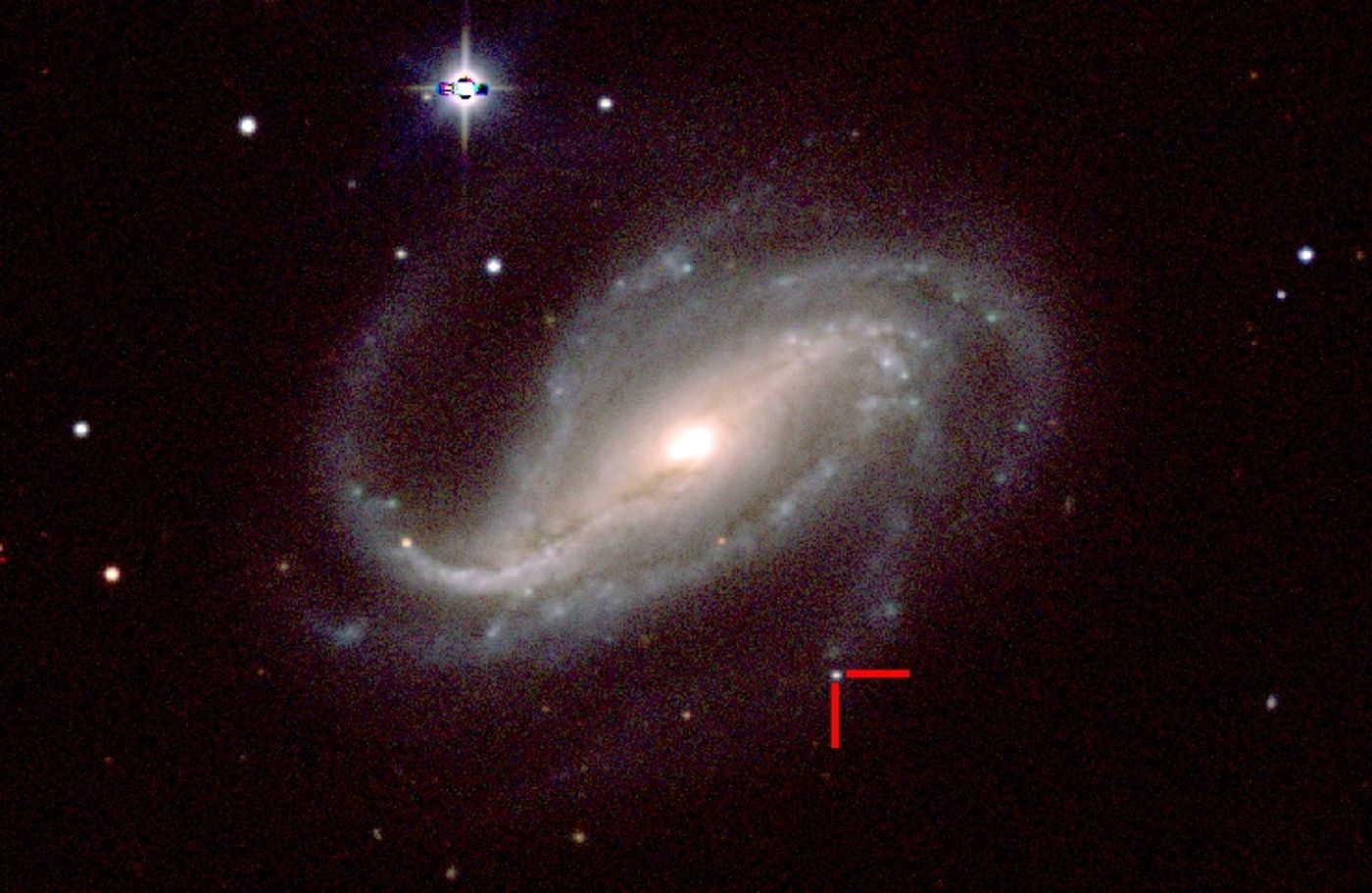Lucky Amateur Astronomer Unexpectedly Photographs a Supernova's First Light
Supernovae are massive stellar explosions that mark the end of a star’s life cycle. They occur randomly, and without any warning, so it’s no wonder that astronomers struggle to capture the first optical light that gets emitted by these cataclysmic events.
Image Credit: C. Kilpatrick, UC Santa Cruz, and Carnegie Institution for Science, Las Campanas Observatory, Chile
In a stroke of luck, however, Argentinian amateur astronomer Victor Buso captured the first moments of a supernova explosion on September 20th, 2016 while testing out some of his new space observation equipment. It was the first time anyone had ever accomplished such a feat.
Buso happened to be in the right place at the right time when he made his gleaming discovery. Astronomers later named the explosion SN 2016gkg, adding that the findings offered incredible insight into the nature of supernovae explosions.
"Professional astronomers have long been searching for such an event," said Alex Filippenko, an astronomer from the University of California, Berkley, and co-author of a study published in the journal Nature this week. "It’s like winning the cosmic lottery."
"Observations of stars in the first moments they begin exploding provide information that cannot be directly obtained in any other way," he continued.
Related: Astronomers witness a supernova with the intensity of 100 million Suns
At the time, Buso was merely attempting to study a distant spiral galaxy called NGC 613 with a new 16-inch telescope and camera combo. As he captured a series of photographs over an extended period, the supernova made its appearance in the bottom right of the frame, as shown below:
Image Credit: Víctor Buso images; Melina Bersten data
"Buso's data are exceptional," Filippenko added. "This is an outstanding example of a partnership between amateur and professional astronomers."
Related: Is this our first glimpse at a failed supernova?
Filippenko and his colleagues followed up on the findings by making observations of their own with the Lick Observatory in San Jose, California and with the Keck Observatory in Maunakea, Hawaii.
Through these observations, they classified Buso’s discovery as a type IIb supernova. They also discerned that the exploding star gradually lost some of its mass over time, shrinking from 20 solar masses to just five before the explosion.
Astronomers still have much to learn about supernovae, but their unpredictable behavior makes studying them inexplicably challenging. One can only hope that someone, somewhere might repeat Buso’s mind-boggling luck with a more powerful telescope in the future.










